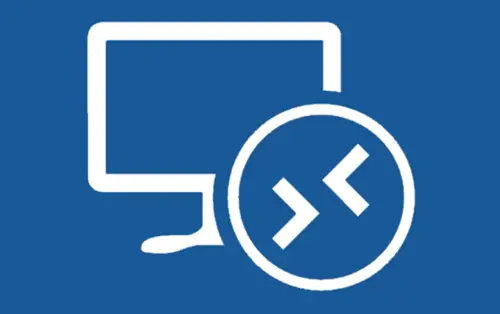Microsoft has pretty huge plans for its Windows Virtual Desktop (WVD) service. During a brief chat on Desktops in the Cloud podcast, WVD group PM Manager Kam VedBrat outlined the progress of the service. He said that Microsoft’s upcoming Ignite event will host a session on how to deploy and manage WVD environments. What’s more, there will be another session on WVD Security.

Microsoft outlines WVD progress
Microsoft will virtually host Ignite this year in the wake of the pandemic. Charles Foley, Senior Director at NetApp will host a session on solving remote workforce requirements in Azure. During his 30-minute session, he will briefly touch upon deploying WVD environments. The session will be available to watch for free.
Windows Virtual Desktop is Microsoft’s desktop and app virtualization service, which runs on the cloud. Organizations can remotely access their Windows 7 or Windows 10 desktops and applications, courtesy of WVD. In a nutshell, Microsoft will treat Windows Virtual Desktop as Platform-as-a-service (PaaS). Meanwhile, the client data will reside in a virtual machine (VM) and will be accessible over the cloud.
Here’s the list of Windows Virtual Desktop applications
- Set up a multi-session Windows 10 deployment
- Virtualize Microsoft 365 Apps for enterprise
- Provide Windows 7 virtual desktops
- Bring your existing Remote Desktop Services (RDS) and Windows Server desktops and apps to any computer
- Virtualize both desktops and apps
- Manage Windows 10, Windows Server, and Windows 7 desktops and apps
VedBrat explained that when Microsoft announced the general availability launch of the Windows Virtual Desktop service last year, organizations could use virtual machines with the WVD service in any region. Microsoft has since expanded its zones for optimizing the WVD service, he explained, showing the following chart:
As VedBrat explained, ever since Microsoft made WVD generally available to B2B customers last year, organizations were able to use virtual machines with WVD in any region. Over the period, Microsoft has expanded its zones to optimize the service. He also said WVD is largely popular in Germany.
Microsoft wants organizations to be able to quickly and easily deploy WVD. The WVD QuickStart tool, for instance, allows organizations to get up and running as fast as possible, VedBrat explained.
How is WVD different than RDS?
When asked about the difference between WVD and Microsoft’s Remote Desktop Services (RDS), VedBrat said that Microsoft takes care of a lot of manual work that needs to be done to get the RDS up and running.
“If you think about an on-prem deployment, you’d have deploy an RDS server role, you’d have maybe an RDP gateway, you’d have a connection broker — you’d have all of these separate roles you’d have to stand up and deploy and manage independently one after the other,” VedBrat said.
Previously, we reported that Microsoft Cloud PC Service built on top of Windows Virtual Desktop is in the making.